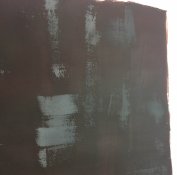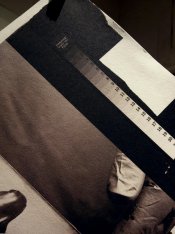I've been reading around a bit on salt printing, and like all of these things there are all sorts of recipes with variations both large and small.
I can understand the rationale for quite a few of the variations, but so far I've failed to come up with a satisfactory explanation as to why, in some recipes, Citric acid is added to the Silver nitrate sensitising solution.
In my copy of "Keepers of Light" it is suggested that it can inhibit loss of sensitivity if the paper is sensitised and not used immediately.
I'm also wondering about the inclusion of Sodium citrate in some of the recipes for the salting solution
(When I can track down a properly inexpensive copy of James or Kendall, I will )
)
any illumination gratefully received ....
I can understand the rationale for quite a few of the variations, but so far I've failed to come up with a satisfactory explanation as to why, in some recipes, Citric acid is added to the Silver nitrate sensitising solution.
In my copy of "Keepers of Light" it is suggested that it can inhibit loss of sensitivity if the paper is sensitised and not used immediately.
I'm also wondering about the inclusion of Sodium citrate in some of the recipes for the salting solution
(When I can track down a properly inexpensive copy of James or Kendall, I will
 )
) any illumination gratefully received ....






